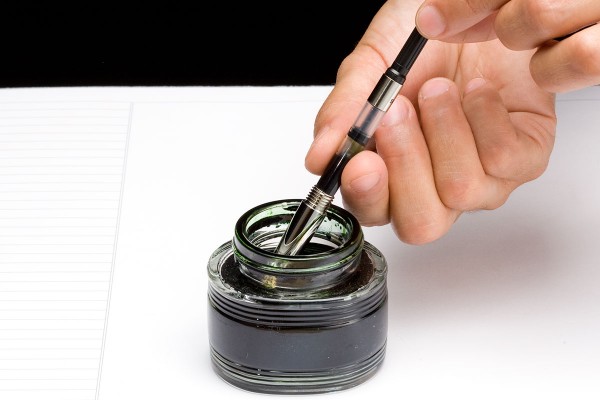However, as with all things they require some care and maintenance.
WOOD PENS: All the finishes I use are hard finishes but woods may be scratched with daily use. To protect the finish occasionally use a good quality furniture polish or wax. Never leave your pen in a hot car, by the window or radiator as the heat can damage the finish also. Wood being a natural material expands and contracts with heat and moisture. Some of the prettiest most exotic and expensive woods tend to expand and contract more than others causing them to crack. I season these woods for at least 6 months before using. I cannot guarantee any wood not to crack.
ACRYLICS: As with wood, some maintenance is required. Any plastic or auto polish may be used to keep and protect the finish. Avoid dropping as these materials can be brittle and could damage the product.
ANTLER, HORN, OTHER NATURAL MATERIALS: Treat these the same as acrylics. Antler and Water Buffalo Horn will crack if not aged sufficiently. They are also susceptible to extremes of heat and moisture.
FOUNTAIN PEN CARE:
HOLDING A FOUNTAIN PEN – Writing with a fountain pen is a little different from the ballpoint experience. You need to customise your pen’s nib. Before you put ink in your pen, hold the pen as you normally would and “write on” a piece of brown wrapping paper. This will wear the end of the nib to conform to the angle that you normally hold your pen. Do this for several minutes until the feel is smooth and comfortable. DO NOT apply too much pressure as the weight of the pen should be sufficient.
USING AN INK CARTRIDGE – Select your ink with care. Parker Quink Ink flows smoothly and gives a nice line. Insert the ink cartridge nipple end onto the nib assembly and push on firmly. Scribble with the pen nib to start the ink flowing. You may have to gently squeeze the cartridge to start the ink flowing. When the written lines fill completely, you are ready to use your pen. Don’t be impatient; this may take a minute or two for the ink to begin to flow.
- USING A CONVERTER – If you prefer to use bottled ink rather than pre-filled cartridges most pen manufacturers sell a converter which resembles a refillable ink cartridge. They are usually fitted in exactly the same way as fitting a new cartridge to your pen.
CHOOSING INK – Be sure to use only high quality ink made for fountain pens. DO NOT use calligraphy ink as it will damage your feed. Diamine is an established name in fountain pen ink and has been making traditional ink and Archival Registrar’s Ink in Liverpool since 1864. Their standard range of inks is available in a large range of colours and sizes not available from other manufacturers.
CLEANING YOUR FOUNTAIN PEN – Remove the cartridge or converter and rinse the nib under tepid water. It may be necessary to soak the nib in some cases if the nib feed is severely clogged. DO NOT use hot water or chemicals as this will damage the feed. IMPORTANT – Please ensure that water does not come into contact with any woodwork.


